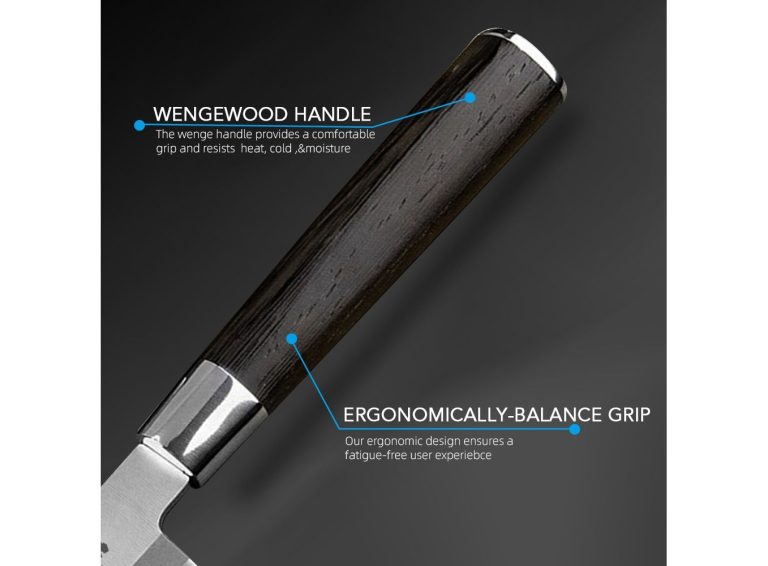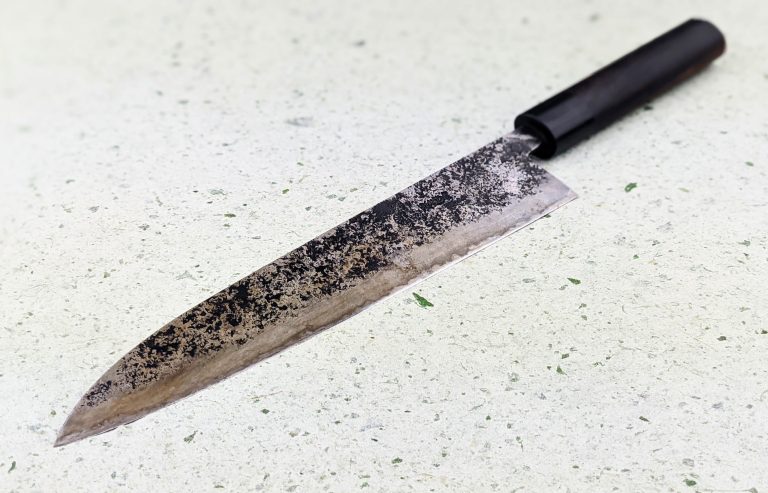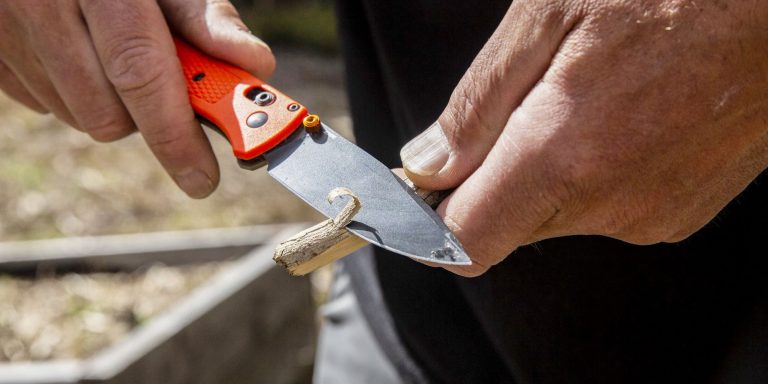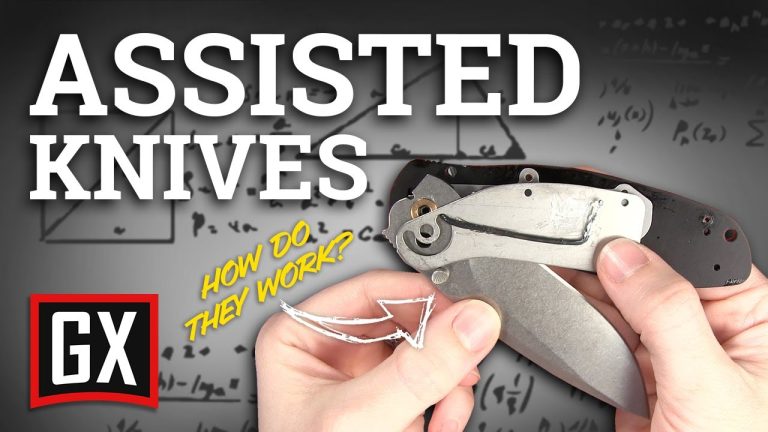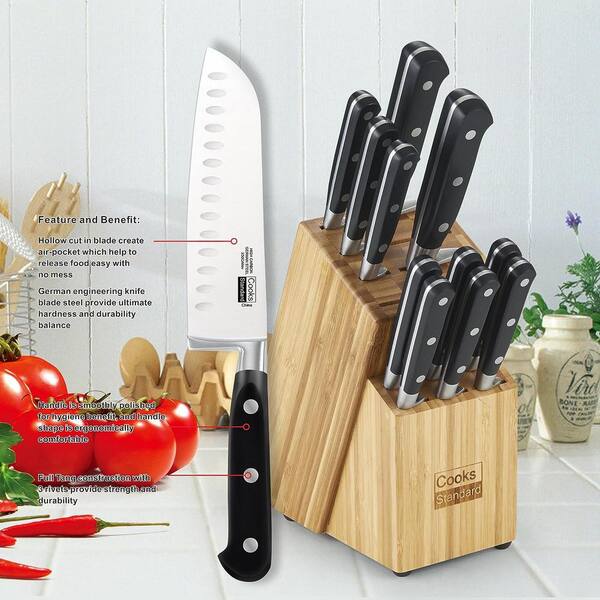Pocket Knives: Various Kinds of Blades You Must Know About
There are various kinds of pocket knife blades that you must know about. Whether you are a collector or an outdoor enthusiast, understanding different blade types is essential.
Pocket knives are versatile tools that come in handy in numerous situations. These small and compact knives are designed to fit in your pocket, making them convenient to carry wherever you go. One vital aspect of pocket knives is the blade, as it determines the knife’s functionality and intended use.
Knowing the different types of blades available will help you choose the right knife for your needs. We will explore the various kinds of pocket knife blades you should be familiar with. From traditional point styles to specialized cutting edges, each blade type offers a unique purpose and benefits. So let’s dive in and discover the world of pocket knife blades.
Understanding The Anatomy Of A Pocket Knife
A pocket knife is a versatile tool that comes in different shapes and sizes, each designed for specific purposes. Understanding the anatomy of a pocket knife is essential for users to fully utilize its functionality. Let’s take a look at the components of a pocket knife:
| Blade | A crucial element of a pocket knife, the blade is responsible for cutting and slicing. It can be crafted in various styles, including drop-point, tanto, clip-point, and more. |
| Handle | The handle provides grip and houses the blade. It is typically made of materials like plastic, wood, or metal, offering durability and comfort during usage. |
| Locking Mechanism | Some pocket knives feature a locking mechanism to secure the blade when in use, preventing accidental closures. Common types of locks include liner locks, frame locks, and lock-backs. |
| Opening Mechanism | Pocket knives can be opened manually or with the help of mechanisms such as thumb studs, flipper tabs, or assisted opening mechanisms like spring-assisted or automatic. |
| Pivot | The pivot serves as the center point for the blade’s rotation, allowing it to open and close smoothly. Regular maintenance is crucial to ensure proper functioning. |
| Bolster | Situated at the base of the blade, the bolster provides extra strength and acts as a barrier between the blade and the handle materials. It adds stability to the knife. |
The blade is undoubtedly the most important aspect of a pocket knife. It determines its cutting capabilities and can vary in length, shape, and material. Understanding the different parts of a pocket knife enables users to make informed decisions while choosing the right blade for their specific needs.
The Different Types Of Pocket Knife Blades
There are various kinds of pocket knife blades that every knife enthusiast should be aware of. One of the most common types is the straight edge blade. These blades are known for their versatility as they can be used for a wide range of cutting tasks. They provide clean and precise cuts, making them perfect for everyday use. Some of the popular models and brands that offer straight edge blades include Benchmade Griptilian, Spyderco Paramilitary 2, and Kershaw Blur.
Another type of pocket knife blade is the serrated edge blade. These blades have a toothed or saw-like edge, which gives them an added advantage when it comes to cutting tough materials. They are commonly used in outdoor activities such as camping and hunting. Some recommended models and brands for serrated edge blades are the Gerber Paraframe, Victorinox Swiss Army Knife, and SOG Trident.
Lastly, there are combination blades, which offer the best of both worlds. These blades feature a combination of a straight edge and a serrated edge on the same blade. They are ideal for various cutting tasks, whether it’s slicing through ropes or carving wood. Some examples of common uses for combination blades include survival situations, fishing, and general utility. Buck Knives, Leatherman, and CRKT are popular brands that offer combination blades.
Specialty Blades For Specific Tasks
| Specialty Blades for Specific Tasks |
|---|
| Tanto blades |
| These blades are known for their strong, triangular shape and a sharp point, which makes them ideal for piercing through tough materials. The characteristics of a Tanto blade include a strong tip and a flat grind, providing excellent strength and durability. They are perfect for tactical situations and self-defense. |
| Wharncliffe blades |
| The Wharncliffe blade has a straight edge with a curve at the spine, giving it a unique appearance. These blades are great for precision cutting and getting into tight spaces. Their sharp point and straight edge make them ideal for tasks that require control and accuracy, such as carpentry and crafting. |
| Gut hook blades |
| The gut hook blade has a sharp, curved hook on the spine, near the handle. This specialized design makes it perfect for field dressing and gutting game. With a gut hook blade, you can quickly and effectively open an animal’s abdomen without puncturing the internal organs. Its functionality saves time and prevents spoilage in hunting scenarios. |

Credit: www.bladehq.com
Choosing The Right Blade For Your Needs
Pocket knives come in a variety of blade types, each with its own unique features and advantages. When choosing the right blade for your needs, there are several considerations to keep in mind. One important factor to evaluate is the blade material. Different materials, such as stainless steel, carbon steel, and ceramic, offer varying levels of durability, sharpness, and resistance to corrosion.
Another factor to consider is the intended use of the knife. The blade design should match the specific tasks you plan on using it for. For example, a drop point blade is a versatile option that is suitable for general use, while a tanto blade is ideal for piercing and slicing. Additionally, a serrated blade can be useful for cutting through tough materials like rope or fabric.
By carefully considering the blade material and design, you can select a pocket knife that is best suited to your needs. Whether you need a durable blade for everyday tasks or a specialized blade for a specific purpose, understanding the different types of blades available is essential.
Blade Maintenance And Safety Practices
Browse through the different kinds of pocket knife blades and you’ll realize the importance of proper blade maintenance and safety practices. Ensuring the longevity and functionality of your pocket knife relies on two essential aspects: cleaning and storage, as well as sharpening and honing.
Proper cleaning and storage techniques involve wiping down your blade after each use, removing moisture and debris, and lubricating the hinges and moving parts to prevent rust. When it comes to storage, keep your knife in a dry and secure place, preferably in a sheath or a pouch.
When sharpening your pocket knife, employ the appropriate techniques for the specific type of blade you have. Regular sharpening and honing methods will ensure the cutting edge remains sharp and effective.
Additionally, to prevent accidents, it is crucial to observe essential safety tips when working with pocket knives. These include handling the knife with care, using an appropriate grip, and keeping the blade away from your body and others while cutting.
Conclusion
Pocket knives are essential tools that come in a variety of blade types, each with its own unique features and uses. Whether you need a sturdy and versatile all-purpose blade, a razor-sharp precision blade, or a durable and easy-to-maintain stainless steel blade, there is a pocket knife out there to suit your needs.
It is important to consider factors such as the type of tasks you will be performing, the materials you will be working with, and your personal preferences when choosing a blade. By understanding the different types of blades available, you can make an informed decision and ensure that you have the right tool for the job.
So, whether you are a hobbyist, outdoor enthusiast, or someone who simply likes to be prepared, investing in a quality pocket knife with the right blade can greatly enhance your daily activities and adventures.

